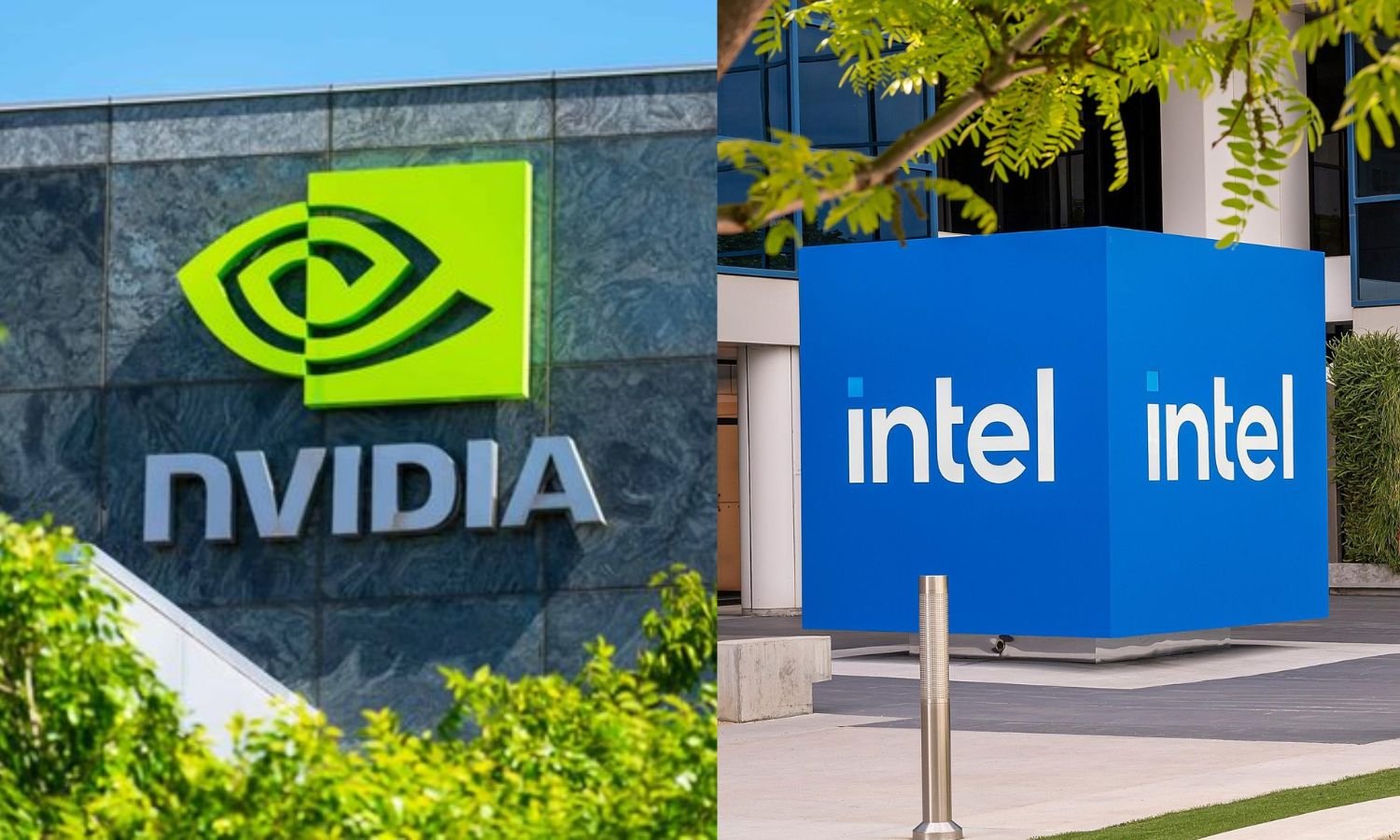In a move that could significantly advance accessibility technology, Google has unveiled SignGemma, an innovative on-device AI model designed to translate sign language in real time. The tool, which operates on smartphones, tablets, and laptops, aims to bridge communication gaps for Deaf and hard-of-hearing communities—and could soon impact how language service providers (LSPs) and professional translators deliver services.
Revolutionizing Accessibility with On-Device Translation
Unlike cloud-based models that rely on constant internet connectivity, SignGemma processes data locally. This approach offers several advantages:
- Increased privacy: Videos of users’ signing never leave the device unless explicitly shared.
- Offline usability: SignGemma works even in regions with poor connectivity.
- Lower latency: Early internal testing by Google reports translation speeds under 200 milliseconds on select devices.
Independent verification of these performance claims is still pending, but if validated, SignGemma could offer a practical, privacy-conscious tool for real-time communication.
How SignGemma Works: Advanced AI Under the Hood
SignGemma is built atop Google’s Gemini Nano framework and leverages several AI components:
- A vision transformer interprets complex visual cues, including hand shapes, facial expressions, and motion—all crucial for accurate sign language recognition.
- A compact language model generates corresponding English text or synthesized speech in near real-time.
To train this system, Google used an extensive dataset: more than 10,000 hours of annotated American Sign Language (ASL) video, paired with English transcripts. According to Google, this dataset gives SignGemma a broad foundation, though future iterations are planned to support additional sign languages.
Developer Preview and Industry Collaboration
In an effort to foster community collaboration and fine-tune the model, Google has launched a limited developer preview. This early-access program invites:
- Language service providers (LSPs)
- Accessibility researchers
- Members of the Deaf community
Participants receive a TensorFlow Lite package, sample integration code on GitHub, and access to a hosted API for prototyping. Importantly, Google hosts feedback sessions where testers can report metrics like word-error rates, surface bugs, and suggest improvements—especially for dialect variations and regional signing styles.
Deadlines for joining this preview remain flexible, and Google continues to refine its roadmap in response to community input.
Potential Impact on Translators and LSPs
SignGemma holds exciting promise for enhancing professional translation workflows. If the model reaches sufficient accuracy, it could enable:
- Automated live-chat interpretation for customer service portals
- Real-time captioning during events or video calls
- Accessibility overlays for public spaces and educational environments
That said, experts in the field caution that AI-based sign language translation remains an emerging capability. Specific challenges include:
- Regional and cultural sign variants
- Non-manual markers (such as facial expressions and body language)
- Overlapping gestures or rapid conversational signing
As a result, human interpreters—with their contextual and cultural expertise—will remain vital for complex assignments such as legal proceedings, medical consultations, and artistic performances.
Ethical and Privacy Considerations
Google has published a model card outlining:
- Training data sources
- Demographic breakdowns
- Known limitations (e.g., lower performance in poor lighting)
While all processing remains local by default, organizations piloting SignGemma are encouraged to carefully review privacy policies—especially when deploying the model in sensitive or regulated environments.
Availability and What’s Next
- Translators and LSPs can request API keys
- Developers can explore sample applications
- Integration guides are available to facilitate early experimentation
As independent evaluations and real-world testing ramp up, the broader community will gain a clearer picture of SignGemma’s strengths and limitations—and its potential to transform how sign language services are delivered globally.
Conclusion
With SignGemma, Google is pushing the frontier of on-device AI accessibility. While challenges remain, the model represents a significant step toward bridging communication barriers for the Deaf and hard-of-hearing—offering new tools for LSPs, researchers, and the broader community.
As the technology evolves, it will be critical to maintain an open dialogue between AI developers and Deaf communities—ensuring that tools like SignGemma complement, rather than replace, human expertise and cultural nuance.









